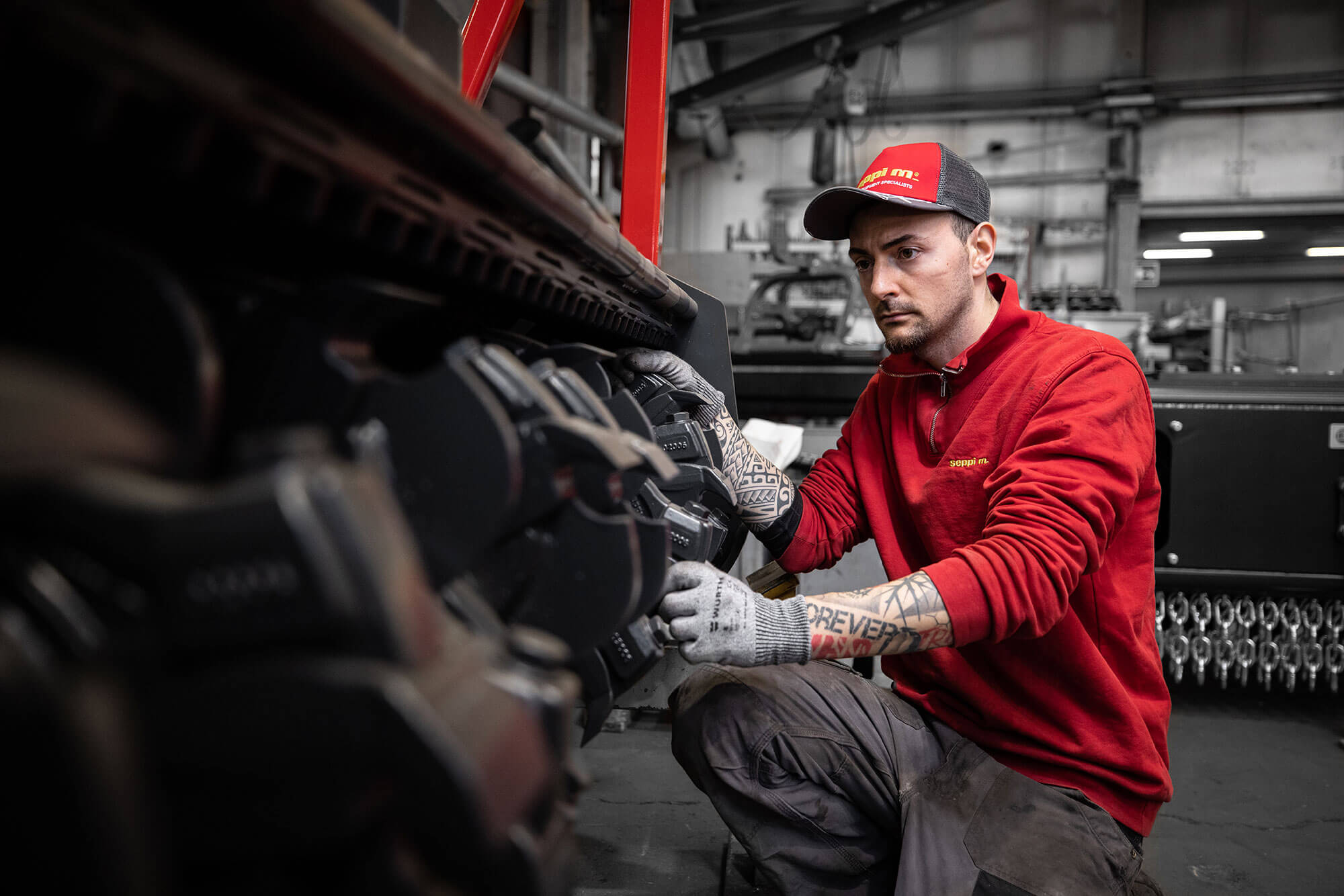I dont know that burying your best soil 6" down with a disk is a bad thing. I would imagine with pines; the soil is pretty acidic also, so lime may be needed. Also, some areas have a heck of a hard pan layer, but probably deeper then will affect grasses; but will affect drainage.
On the no till; I really didn't think they did well with any woody debris, such as roots say 1" or bigger; and the ball roots from palmetto would really clog them up, I would think. Also, I would hate to hook into a 8-12" diameter pine tap root, that has started turning into lighter knot, with a drill.
I heard a description of Fla a few years ago that I had never heard before, but makes a Lot of sense; Florida is a desert where it rains a lot. That is both true figuratively and in reality. Geologically, it was basically attached to the Sahara at one point.
We do have a varied soil. West of I-75, in Alachua County, you'll find chirt rocks the size of a truck; where I am, I'm 120 ft above sea level, on a sand hill; with a 105 ft deep well, that is still in sand, and not a natural rock in 30 miles. Over by the beach, you get a really abrasive shell-sand-clay mix. Hastings, down to Bunnell, where 3 counties grow, from what I've heard, like 30% of USAs potatoes, silty sand with a lot of organics, with a Nasty hard pan layer.
Once in Ocala, open trenching gravity sewer, I think we had clay sand, gumbo, hard rock, soft rock, a false water table, and pretty mortar sand, all within about 200 ft of trench.
